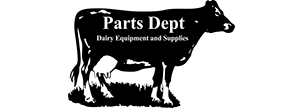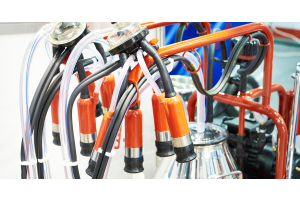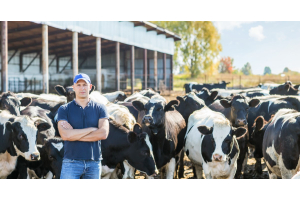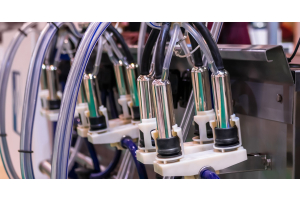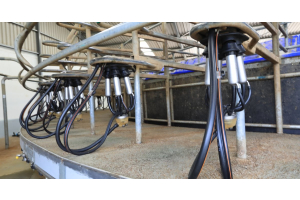The Benefits of Stainless-Steel Milking Claws
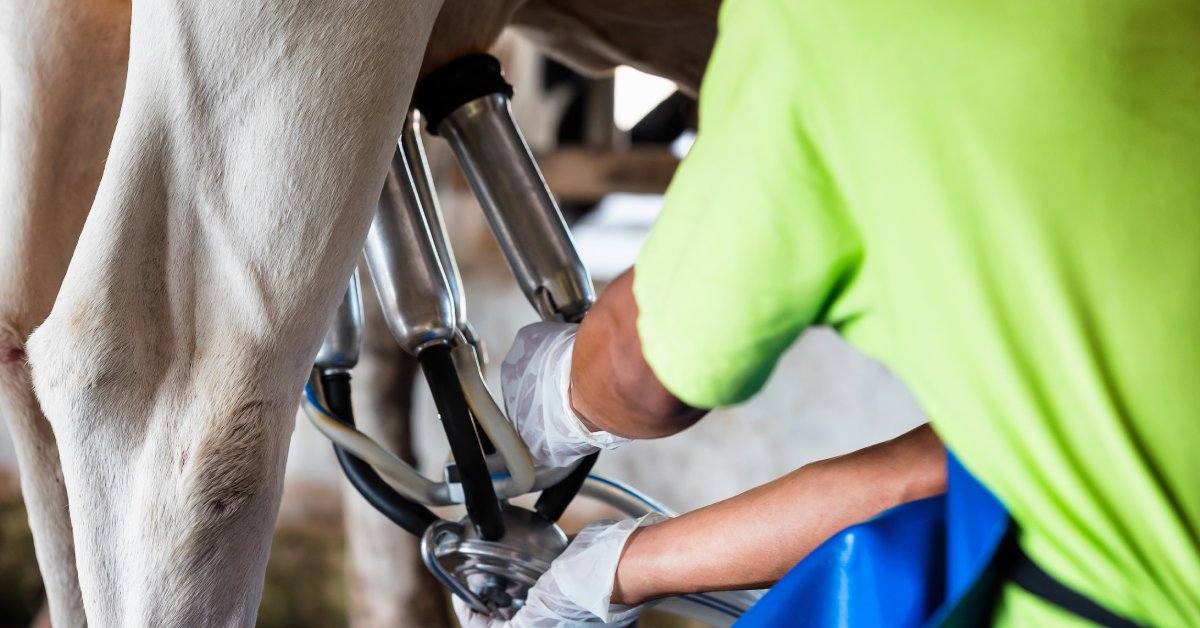
Ensuring the efficiency and reliability of your dairy operation begins with investing in quality tools and equipment. Among these, stainless steel milking claws are pivotal components of modern milking systems that are revolutionizing how farmers and dairy producers extract milk.
These tools bring durability, precision, and functionality to milking systems, making them a significant choice for operations ranging from small homesteads to large commercial dairy farms. Explore the unique benefits of stainless-steel milking claws, and learn how they contribute to efficiency, hygiene, and long-term cost savings in dairy production.
Durability for Long-Term Performance
Stainless-steel milking claws are popular because of their exceptional durability. Unlike other materials, stainless steel withstands consistent daily use without succumbing to wear and tear. This resilience is vital for dairy farmers who rely on their milking equipment to operate efficiently on a daily basis.
A stainless-steel milking claw can withstand the challenges of farm life, including constant handling, fluctuating pressures, and exposure to cleaning agents. Invest in a material that delivers unmatched strength to ensure equipment reliability over many years, reducing frequent replacement costs and operational disruptions.
Corrosion Resistance in Challenging Environments
Dairy operations often expose equipment to wet and acidic environments, conditions that cause significant damage to less resistant materials. Stainless steel excels in these conditions because it naturally resists corrosion and rust, maintaining its structural integrity even with prolonged exposure to moisture, milk acids, and cleaning solutions.
Stainless steel’s corrosion resistance enhances the longevity of milking claws, ensuring they remain safe and effective for prolonged use. They also save operators time and effort spent on constant repairs or prematurely replacing corroded equipment.
Hygienic Properties for Milk Quality
Hygiene is nonnegotiable when it comes to dairy equipment. Stainless steel is remarkably easy to clean and sanitize. The nonporous nature of the material prevents bacteria and residues from becoming embedded in the surface, thereby supporting the production of high-quality, safe milk.
For operations managing claw milking machines, Parts Dept’s stainless-steel claws create a barrier against contamination risks. Routine cleaning processes become simpler and more effective, which is crucial for maintaining regulatory compliance and safeguarding consumer health.
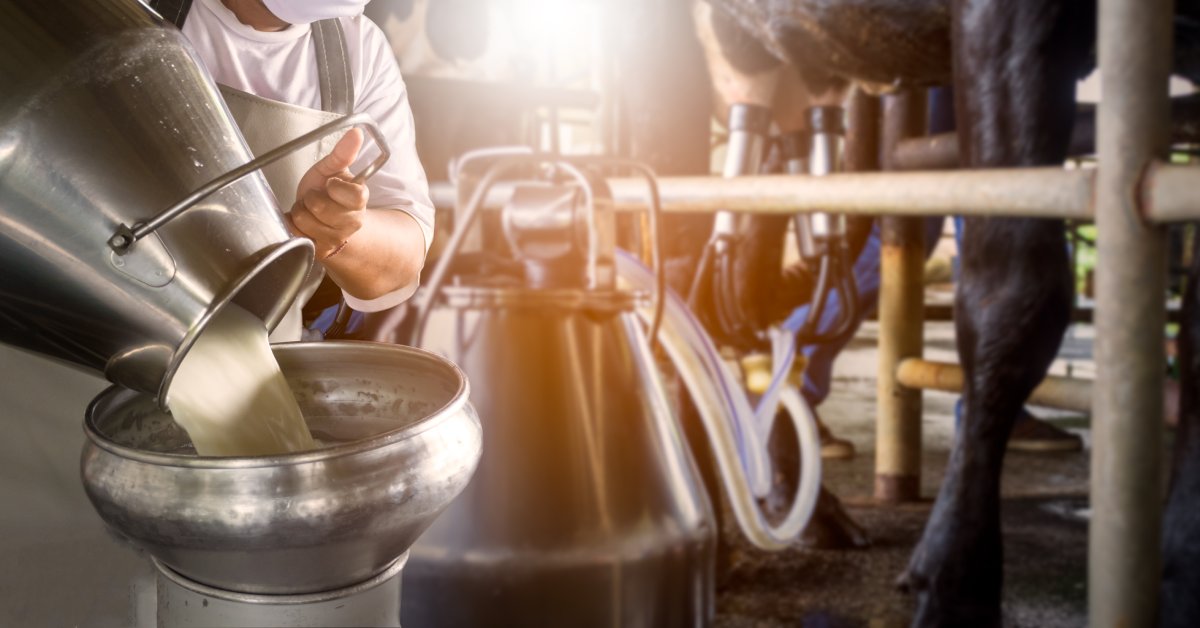

Strength and Resistance to Stress
Milking systems experience significant physical stresses, particularly during high-capacity milking sessions or when handling large herds. Stainless-steel milking claws possess the structural integrity to endure high pressure and heavy use without deforming, cracking, or breaking.
This strength ensures milking systems remain reliable, even under demanding conditions. Using stainless steel claws helps you confidently operate your systems without fear of unexpected failures that could interrupt productivity or compromise milk flow.
Temperature Resistance
Temperature changes are an inevitable part of any dairy operation, whether due to seasonal shifts or cleaning requirements. Stainless steel has the proven ability to withstand extreme temperatures, making it an excellent choice for hot and cold cleaning processes.
During sanitation cycles, this resistance ensures that stainless-steel milking claws maintain their form and functionality despite exposure to boiling water or high-temperature cleaning agents. Managing these extremes effectively ensures stainless-steel tools improve operational efficiency while maintaining safety standards.
Nonreactive Surface for Milk Safety
Preserving milk quality is a top priority for every dairy operation, and your equipment’s material plays a significant role in this process. Stainless steel’s nonreactive surface is a major advantage, as it prevents chemical interactions between the claws, milk, and cleaning agents.
Unlike lower-grade materials that may leach harmful substances or alter the taste of milk, stainless steel retains the milk’s original purity. This characteristic fosters trust among consumers while ensuring compliance with safety standards in dairy products.
Aesthetic Appeal for Professionalism
The appearance of your dairy equipment matters, especially for highly visible equipment used in commercial operations. Stainless steel’s sleek, polished finish adds a touch of professionalism to your dairy setup, enhancing the perception of quality and cleanliness.
This aesthetic appeal resonates with customers, visitors, and inspectors, reflecting your commitment to maintaining modern and hygienic practices. Manufacturers often favor stainless steel for its balance of functionality and style, ensuring equipment looks as professional as it performs.
Low Maintenance for Efficient Operations
Running a farm involves juggling numerous responsibilities, leaving little time for constant equipment maintenance. Low maintenance is one of the primary benefits of stainless-steel milking claws, as they are resilient against rust, corrosion, and surface damage.
With fewer repairs and replacements, these tools reduce downtime and operating costs. This efficiency allows you to focus more on animal welfare and productivity rather than tedious upkeep.
Eco-Friendly Sustainability
Sustainability is increasingly important for businesses across industries, and dairy farming is no exception. Stainless steel stands out as an eco-friendly option because it’s 100 percent recyclable. At the end of their life cycle, you can recycle stainless-steel milking claws to become new products. This reduces waste and minimizes environmental impact.
Choosing stainless steel is a sound investment for your farm and a responsible step toward shrinking your carbon footprint and contributing to sustainable dairy practices.
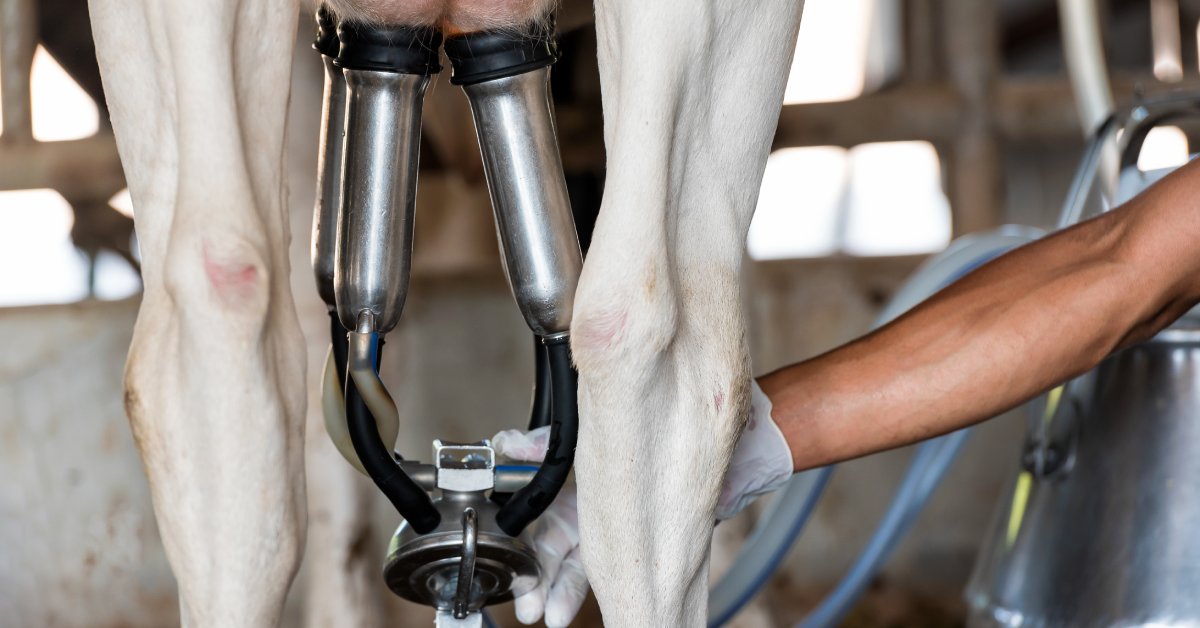

Lightweight Design for Less Strain
Modern stainless-steel milking claws are lightweight, addressing concerns about strain on the milking system and the animals. A lighter design ensures better handling during milking, enhancing ergonomics and the overall user experience.
Reduced strain also minimizes the risk of injury or discomfort to cows or goats, creating a more animal-friendly dairy operation. This focus on well-being aligns with contemporary values and consumer expectations for ethical farming practices.
Optimized Milk Flow for Greater Efficiency
Efficient milk flow is essential for productivity. Stainless-steel milking claws often feature advanced designs that improve the movement of milk through the system. Enhanced milk flow prevents bottlenecks and ensures timely completion of milking sessions, even in large herds.
Optimizing milk flow also supports consistency in output, which is critical for maintaining profitability and meeting customer demand. These benefits directly translate to smoother operations and higher yields.
Cost-Effective Over Time
While stainless steel milking claws may involve a higher initial investment, their long-term cost-effectiveness makes them the smarter choice for dairy operations. Their unmatched durability, low maintenance, and efficient performance deliver a significant return on investment throughout the equipment’s lifespan.
Choosing stainless steel reduces repair and replacement expenses while achieving better productivity and reliability. This combination makes stainless-steel milking claws a financially prudent decision for farms of all sizes.
The benefits of stainless-steel milking claws are clear. From durability and hygiene to strength and sustainability, they offer advantages that elevate dairy operations, ensuring safety, efficiency, and profitability. Whether you’re managing a claw milking machine for a small farm or an automated system for a commercial enterprise, stainless-steel claws provide robust tools you can rely on.
Browse Parts Dept’s stock of stainless-steel milking claws, and find the best option for your needs. Investing in quality tools will help you protect milk quality, enhance productivity, and create a thriving dairy operation.

